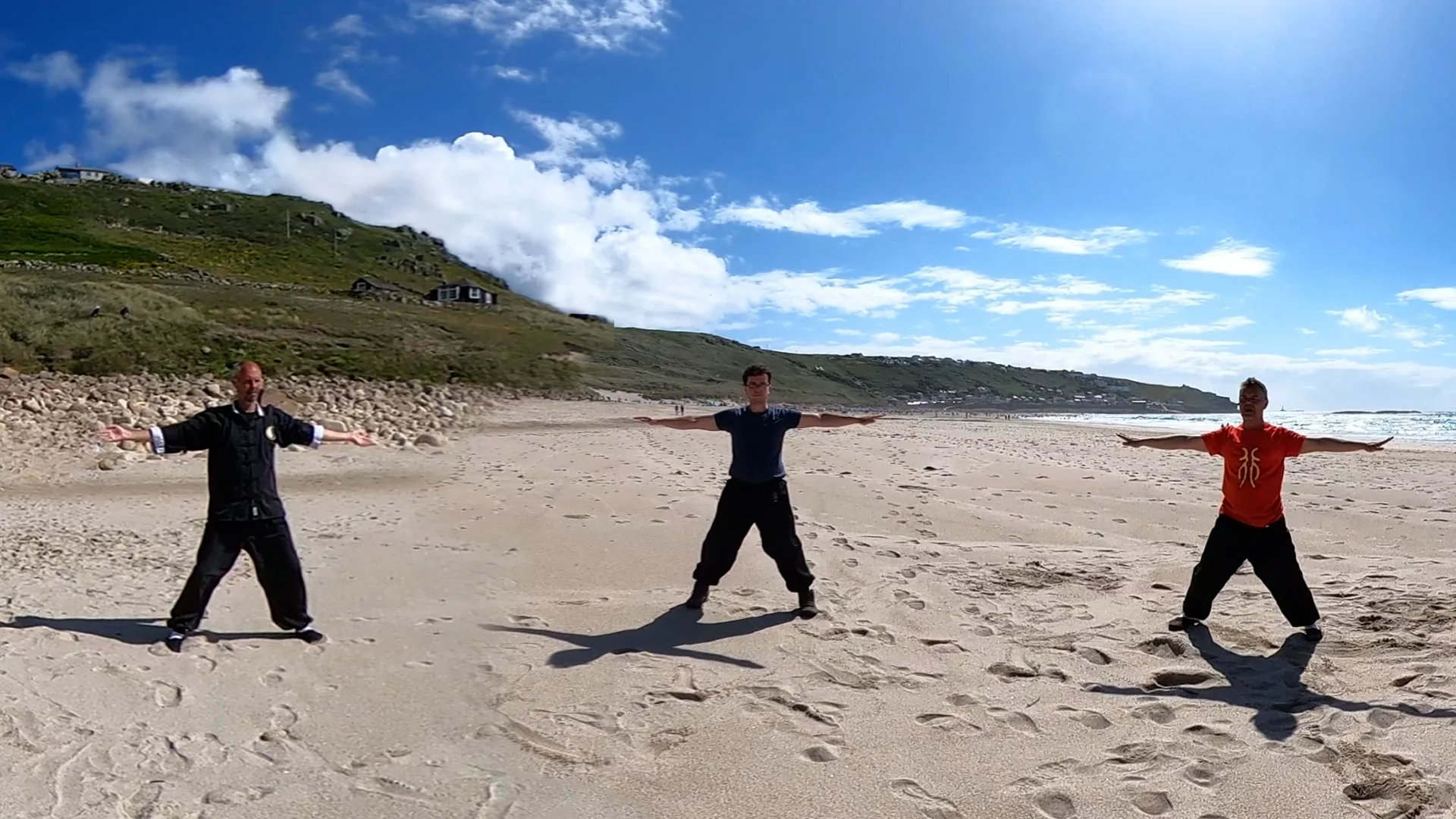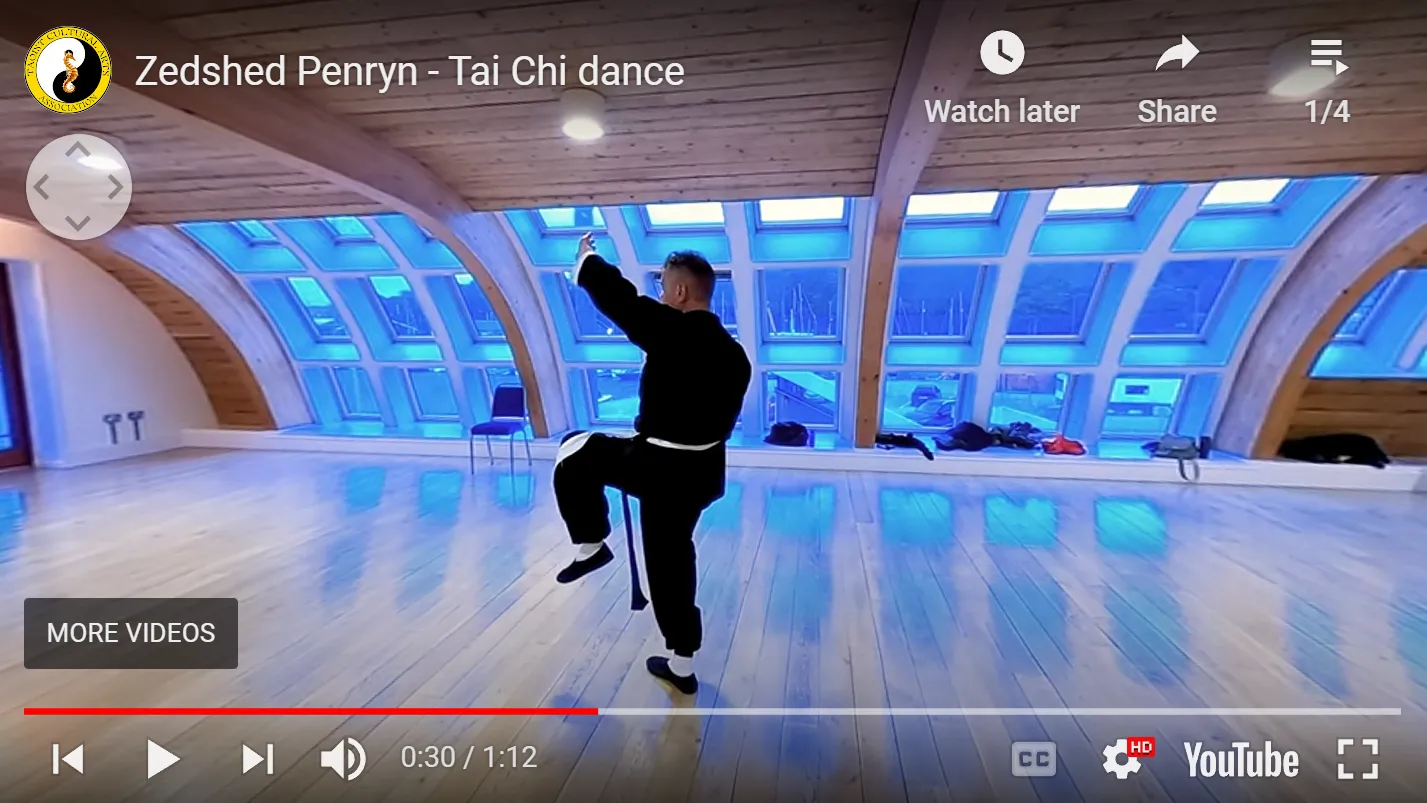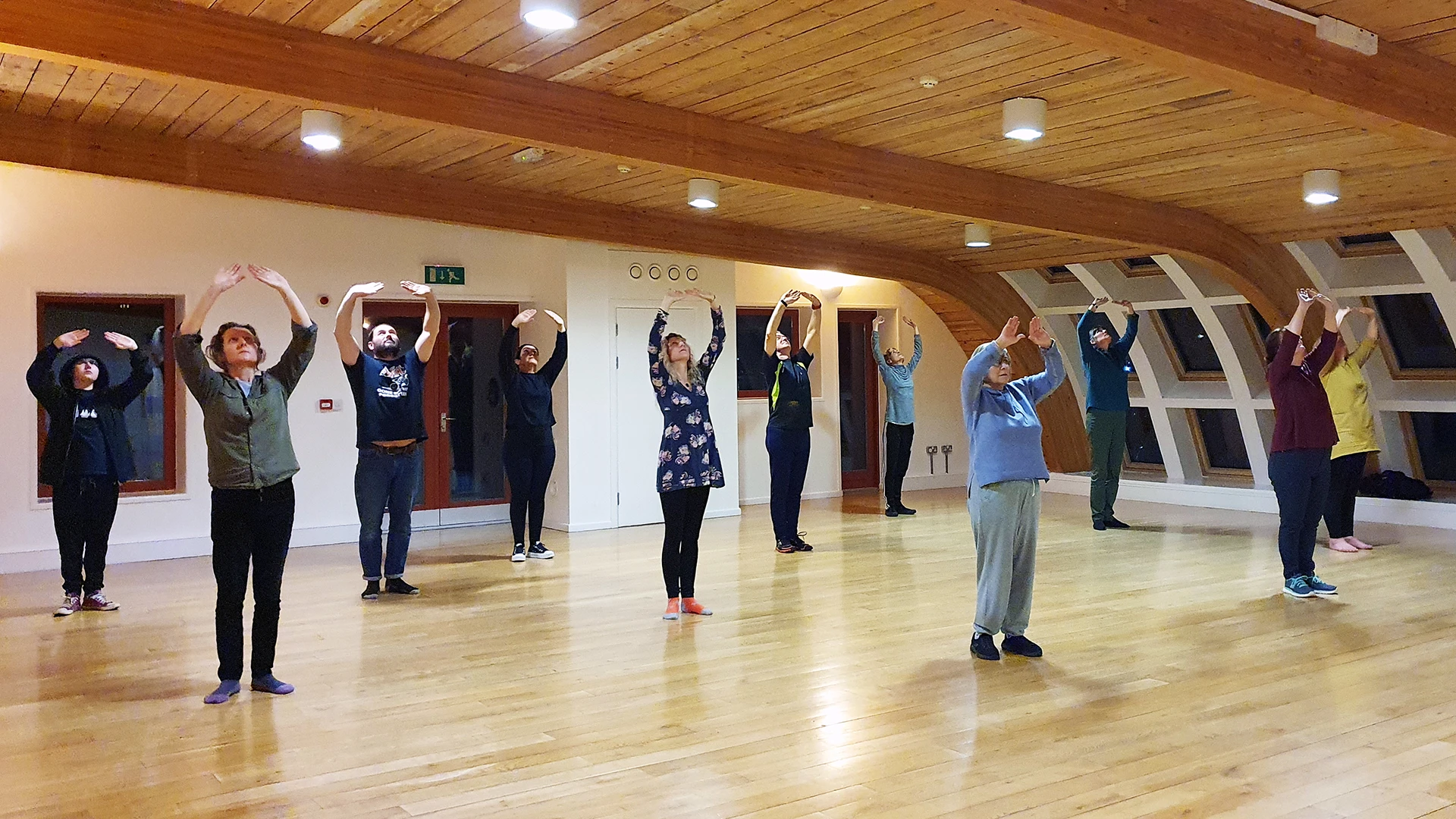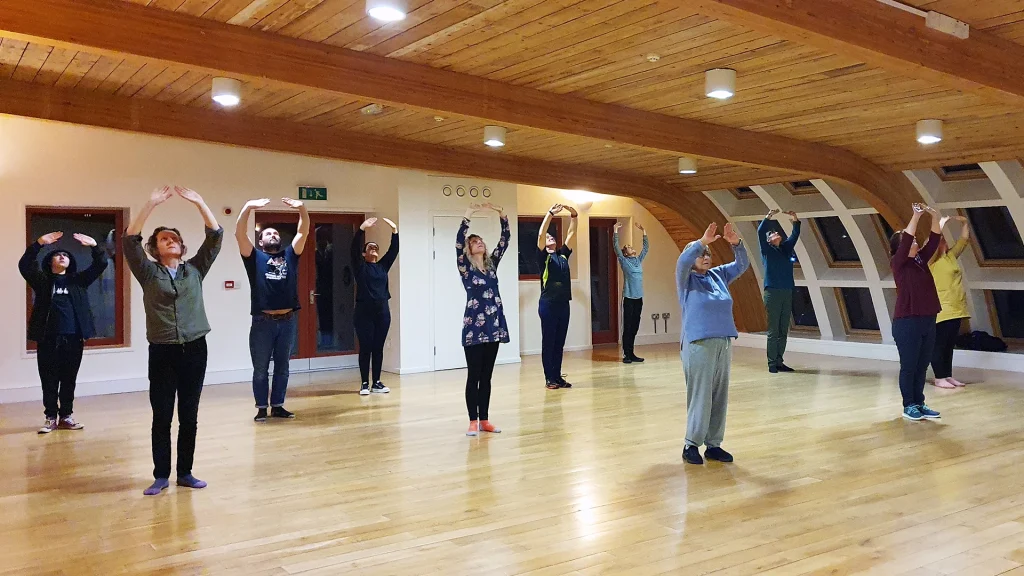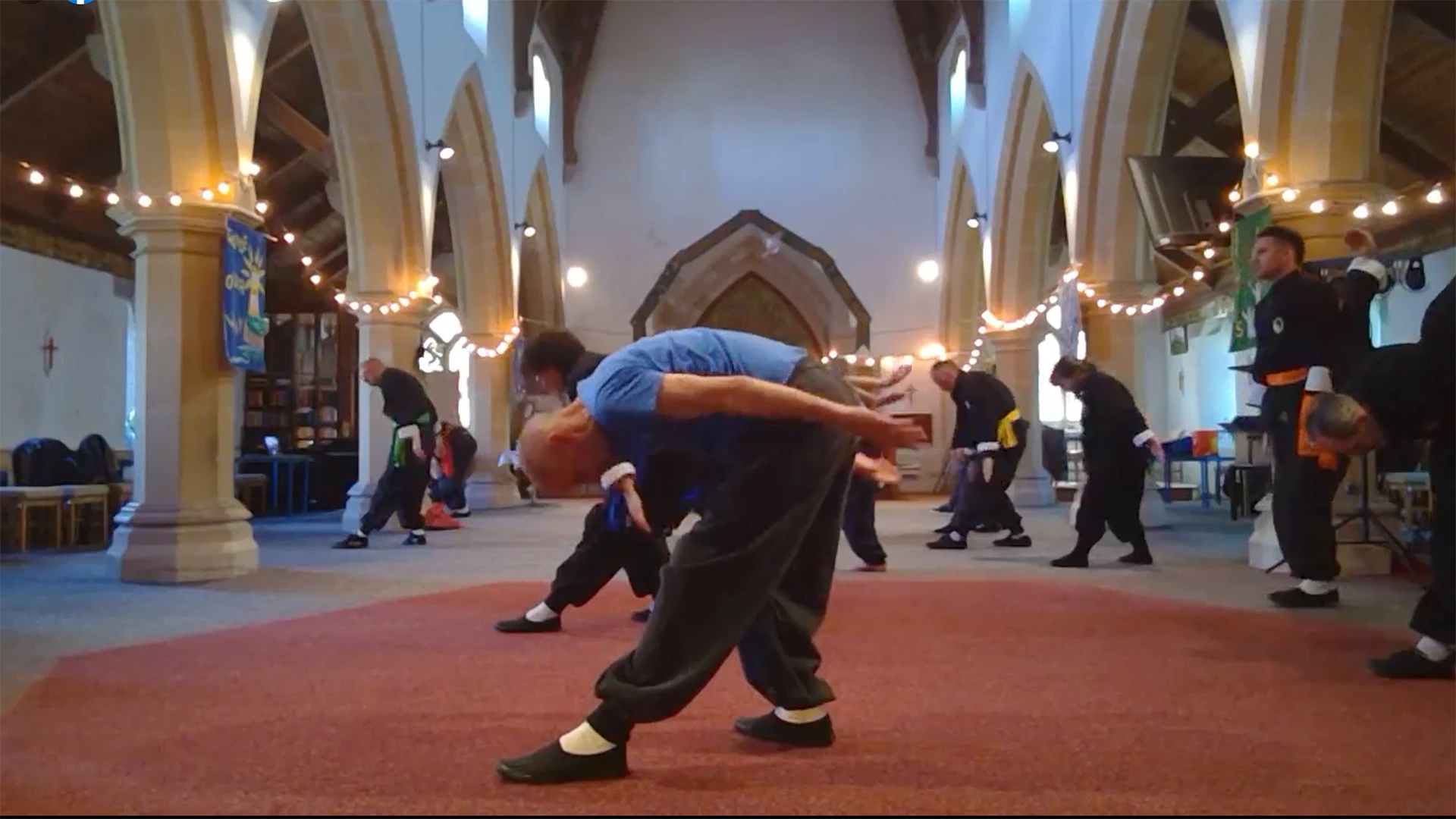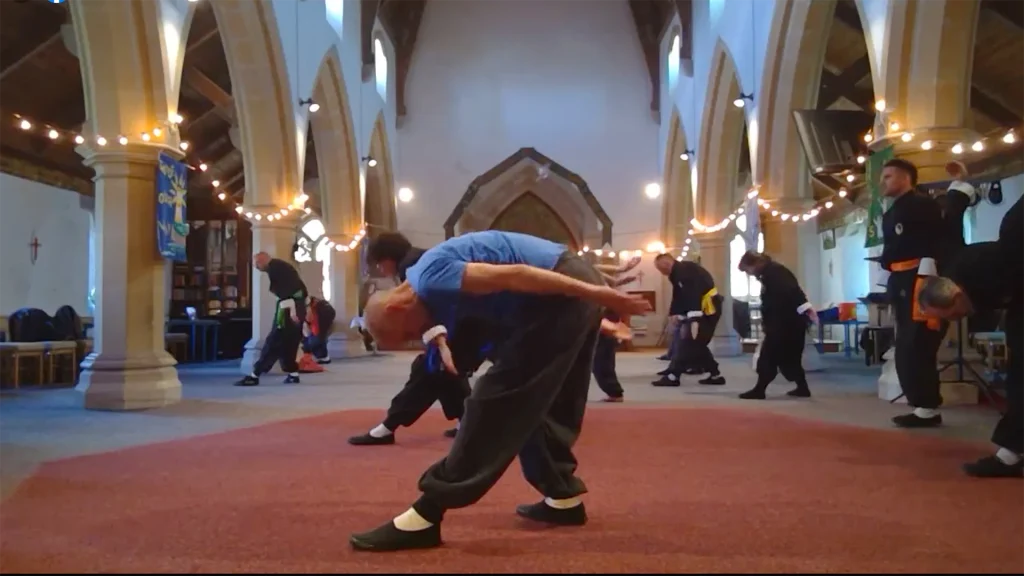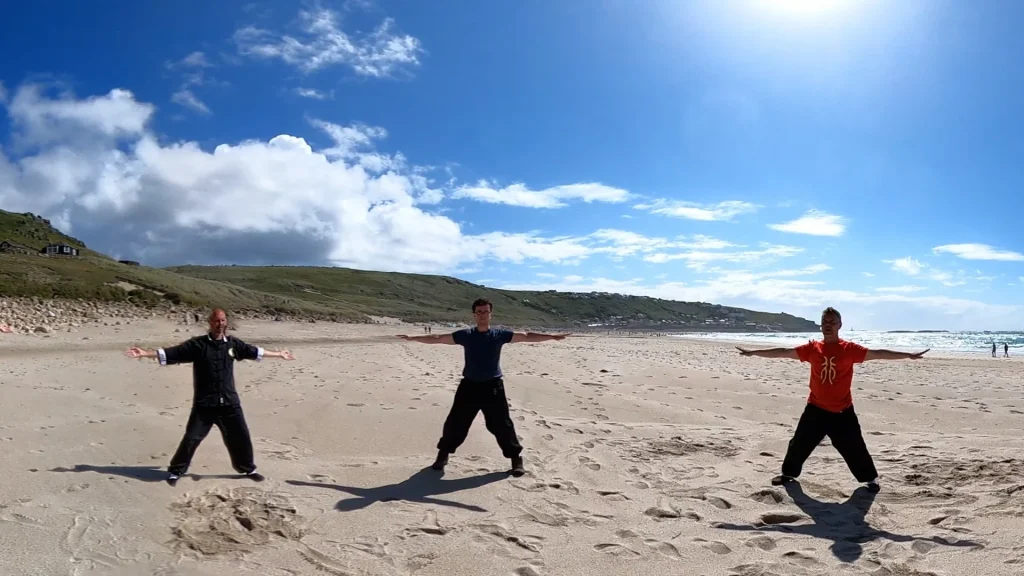
Here are the frequently asked questions (FAQ) about Tai Chi along with their answers:
General Questions
- What is Tai Chi?
- Tai Chi is a soft internal style form of exercise that involves slow, flowing movements, deep breathing, and meditation.
- What are the benefits of practicing Tai Chi?
- Tai Chi can improve balance, flexibility, strength, and cardiovascular health. It can also reduce stress, anxiety, and depression.
- Is Tai Chi a martial art or a form of meditation?
- Tai Chi is both a martial art and a form of meditation. Some teachers emphasize self-defense, and some teach it for health and wellness purposes.
- How is Tai Chi different from other forms of exercise?
- Tai Chi is a low-impact, low-intensity exercise that is gentle on the joints and suitable for people of all genders, and all ages and fitness levels. It emphasizes meditation, relaxation, and slow, fluid movements. Tai Chi is known as an internal style which means cultivating Qi or life force in contrast to external styles which are more physical and develop the muscles.
Tai Chi Practice
- What do I need to start practicing Tai Chi?
- You only need comfortable clothing and enough space to move around. Some people prefer to practice barefoot, but soft-soled shoes are also an option.
- How often should I practice Tai Chi?
- It is recommended to practice Tai Chi at least two to three times a week for the best results. However, even practicing once a week can provide some benefits. In China they practice Tai Chi every morning in the parks before going to work.
- Do I need to warm up before practicing Tai Chi?
- It is recommended to warm up before practicing Tai Chi to prevent injury and improve performance. You can do some light stretching, walk around, or perform other gentle exercises to get your body ready. Warming up and doing some deep breathing and Qigong before you start helps to open the energy channels so your practice can benefit Qi cultivation rather than purely physical exercise.
- Can Tai Chi be practiced alone or with a partner?
- Tai Chi can be practiced both alone or with a partner. When practicing alone, you follow a set of choreographed movements. When practicing with a partner, you practice specific martial arts techniques and self-defense strategies. Tai Chi is based on Taoist philosophy and so Yin-Yang balance means giving a balanced emphasis to both forms and partner exercises like sticky hands.
- What should I wear when practicing Tai Chi?
- Wear loose-fitting, comfortable clothing that allows for freedom of movement. Cotton or other breathable fabrics are a good choice. You can also buy a Tai Chi uniform based on a Chinese Mandarin style design which is popular with more advanced students but also suitable for beginners. This can help you get into the Tai Chi mindset.
Tai Chi Techniques
- What are the basic Tai Chi movements?
- Tai Chi movements emphasize natural movement, so this means an upright posture and a straight back, keep the shoulders relaxed, don’t step too far or lock the joints, and don’t overexert yourself. Tai Chi movements are always circular.
- How do I perform the Tai Chi movements correctly?
- Tai Chi movements should be performed slowly, smoothly, and with intention. You should focus on your breathing, body alignment, and the flow of energy in your body.
- What is the proper breathing technique for Tai Chi?
- Tai Chi breathing involves deep, slow, and natural breathing. You should inhale deeply through your nose and exhale slowly through your mouth. In the form breathe in on inwards movements and out on the outward movement.
- How do I maintain balance while practicing Tai Chi?
- To maintain balance while practicing Tai Chi, you should focus on your body alignment, keep your weight centered, and move slowly and smoothly. Co-ordinate the upper and lower body and avoid leaning.
Tai Chi Styles
- What style do you teach at Cornwall Tai Chi?
- We teach Lee style as taught to us by our teacher Chee Soo.
- What are the different styles of Tai Chi?
- There are several types of Tai Chi styles including traditional family styles and more modern composite styles which have been designed as fitness exercises by Chinese teachers. Some say there are as many variants as there are Tai Chi teachers. Some styles emphasize order and specific regimented techniques, some are more free-style, some include both elements.
- What are the characteristics of each Tai Chi style?
- Yang style is gentle and flowing with big stances and leaning
- Chen style is more explosive and vigorous like Shaolin kung fu
- Wu style is more Yin, gentle, compact and smaller stances
- Sun style is light and agile
- Hao style is fast and compact
- Lee style is a Yin and Yang style so somewhere in the middle
- How do I choose a Tai Chi style that is right for me?
- You can choose a Tai Chi style based on your goals, physical abilities, and personal preferences. You can try different styles and see which one resonates
Tai Chi Instructors
- Do I need a Tai Chi instructor to learn Tai Chi?
- While it is possible to learn Tai Chi from videos or books, having a qualified instructor can help you learn the correct techniques, avoid injury, and deepen your practice.
- How do I find a qualified Tai Chi instructor?
- You can search for qualified Tai Chi instructors in West Cornwall on this website. If you live outside Cornwall please visit our Association’s website.
- What qualifications should I look for in a Tai Chi instructor?
- Look for instructors who have completed a formal instructor training program, have years of actual teaching experience, and are knowledgeable about Tai Chi principles and techniques. It’s also important to find an instructor who has a teaching style that resonates with you.
Conclusion
Tai Chi is a wonderful practice for both physical and mental health and can be enjoyed by people of all ages and fitness levels. With the right guidance and consistent practice, you can experience the many benefits of Tai Chi, such as improved balance, flexibility, strength, and mental well-being. Tai Chi, if taught correctly, is also an ancient and powerful form of self-defence training that will greatly improve your chances of survival if attacked right from the first lesson.
